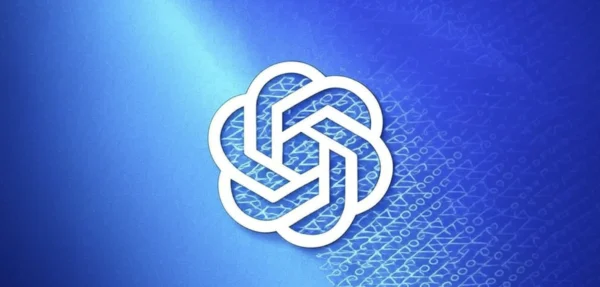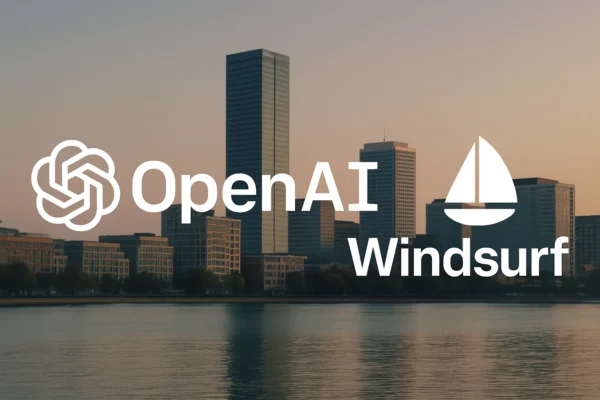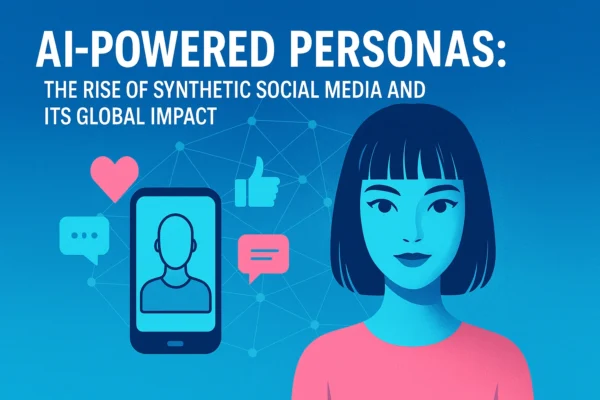
Explore GPT-4.1’s technical upgrades including long-context support, coding intelligence, speed, cost-efficiency, and the new Mini and Nano models built for scalable enterprise use.
In the evolving landscape of artificial intelligence, OpenAI’s release of GPT-4.1, along with its compact variants GPT-4.1 Mini and Nano, marks a significant step forward in balancing performance, cost-efficiency, and real-world scalability. These models are not merely incremental upgrades; they reflect strategic advancements that broaden the applicability of large language models (LLMs) across business, technology, and consumer use cases.
A Technical Milestone: Understanding GPT-4.1’s Core Advancements
GPT-4.1 builds upon the Transformer architecture that has powered generative models since GPT-2. However, it integrates more sophisticated training pipelines, enhanced memory handling, and optimized inference mechanisms.
Key performance indicators underscore its technical superiority:
Coding Capabilities: GPT-4.1 scored 54.6% on the SWE-bench Verified benchmark, a rigorous test that evaluates the model’s ability to resolve real-world coding issues in software repositories. This performance surpasses GPT-4o by over 21% and represents a 26% gain over GPT-4.5.
Instruction Following: On the Scale MultiChallenge benchmark, GPT-4.1 achieved 38.3%, a 10.5% improvement over GPT-4o. This validates its ability to interpret and respond to complex, multi-step instructions, which is critical for enterprise applications requiring consistent decision-making and reasoning.
These enhancements are the result of strategic data curation, fine-tuning on instruction-rich tasks, and likely improvements in system-level optimization for parallel processing and memory management.
Extended Context: 1 Million Tokens and Long-Form Comprehension
GPT-4.1 supports an industry-leading context window of up to 1 million tokens. This expansion dramatically increases the model’s capacity to process lengthy documents, making it ideal for tasks such as legal review, academic analysis, and full-codebase audits.
Importantly, it does not merely accept longer input—it also demonstrates a 6.7% improvement in long-context comprehension compared to its predecessor, GPT-4o. This means GPT-4.1 retains and integrates information across extended text spans more reliably, which is essential for maintaining coherence in large-scale data processing and enterprise documentation workflows.
Cost and Performance Efficiency: A Business-Centric Leap
For organizations, the commercial viability of an AI model hinges on two pillars: cost-effectiveness and operational speed. GPT-4.1 offers substantial gains on both fronts:
40% faster inference time compared to GPT-4o.
80% reduction in per-query cost, achieved through backend improvements and better hardware utilization, likely leveraging NVIDIA’s H100 architecture.
These metrics position GPT-4.1 as a cost-efficient solution for enterprises exploring AI adoption at scale, whether for customer service automation, intelligent document processing, or interactive virtual agents.
The Mini and Nano Variants: Lightweight, Scalable Intelligence
Recognizing the demand for lower-latency and lower-cost models, OpenAI has also introduced GPT-4.1 Mini and Nano.
GPT-4.1 Mini achieves near GPT-4o performance levels, while reducing latency by nearly 50% and cost by 83%. This makes it ideal for real-time applications such as recommendation systems, chatbots, and responsive AI interfaces in mobile and web apps.
GPT-4.1 Nano is tailored for classification, autocomplete, and other light inference tasks. With benchmark scores such as:
80.1% on MMLU (Massive Multitask Language Understanding)
50.3% on GPQA (Graduate-level Problem QA)
Nano is designed for integration into high-frequency tasks, including personalized content delivery, on-device AI, and low-latency enterprise apps.
Practical Applications and Strategic Implications
GPT-4.1 and its variants have been purpose-built for real-world deployment. Among their most impactful use cases:
Agent-based Automation: The models can power intelligent agents capable of executing complex, multi-step business processes with minimal human intervention.
Enterprise Knowledge Mining: Extracting insights from extensive documents (contracts, customer interactions, research papers) with high fidelity and contextual relevance.
Customer Support Optimization: Building AI agents that retain memory, handle nuanced queries, and provide human-like interaction across customer touchpoints.
With a knowledge cutoff of June 2024, these models are both current and robust, addressing a wide spectrum of enterprise needs with contemporary data awareness.
GPT-4.1’s Role in AI’s Enterprise Evolution
GPT-4.1 isn’t just an upgrade—it’s a redefinition of what LLMs can achieve in real-time, cost-sensitive, and mission-critical environments. The model delivers high-level cognitive performance while maintaining operational efficiency, making it a viable solution for businesses aiming to embed AI at scale.
With Mini and Nano, OpenAI has further lowered the barrier to adoption, enabling startups and enterprises alike to harness the power of generative AI across diverse sectors. In a landscape where agility, accuracy, and ROI matter more than ever, GPT-4.1 represents a strategic leap in AI’s enterprise readiness.






